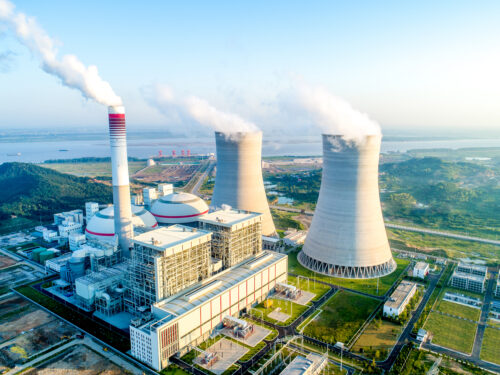
Report | 2025
Decoding the coal-power transition in China: facts, challenges, and opportunities
China’s success in renewables is complicated by its persistent reliance on coal in the power sector. A rapidly growing demand for power, a 20-year record-low river flow and hydropower output, lack of power-system flexibility, and increasing concerns about energy security have led to an acceleration of new coal power approvals in China, with approvals during 2022 and 2023 increasing to 1.6 times the total for 2016–21. This surge slowed in 2024 but was still at elevated historical levels, with about 45 gigawatts (GW) approved.
Focusing on the recent surge in coal power pipelines, this report examines the evolution of coal power in China, analyzing the policies and pricing mechanisms that shaped its development across different stages. It explores the regional driving factors of coal power expansion, including strong growth in electricity demand in nearly all regions, limited alternative energy supply in some inland provinces, and renewable energy export incentives in northern provinces.
China’s coal power transition strategy is to keep considerable scale for supply continuity while adopting multiple approaches to enhance flexibility and decarbonize assets. China has made progress in flexibility retrofits, finishing flexibility retrofits on more than 300 GW of existing coal plants since 2021 and leaving 200–400 GW to further retrofits in 2024–27 to achieve its target. With better flexibility performance, coal power can participate more in peak shaving, benefiting renewable consumption. Furthermore, China is also promoting multiple pilots for co-firing with lower carbon fuel and carbon capture, utilization, and storage (CCUS), with the next three years being an important development window to reduce carbon intensity.
Decoupling coal from power-demand growth and supply-security concerns is critical to decarbonizing China’s power sector. This report examines tailored strategies to achieve this decoupling, such as replacing coal as the dominating power generator by adding clean power generation, primarily from wind, solar, hydro, and nuclear, to outpace power-demand growth. Another strategy is to replace coal as the major power-system provider for flexibility and reliability by promoting multiple clean technologies, including pumped hydro, battery energy storage, demand-side flexibility, and more. To accelerate clean technology deployment, power systems must evolve through improved forecasting, planning, and market design.